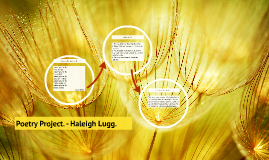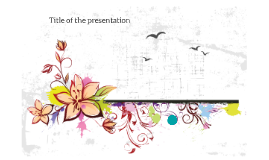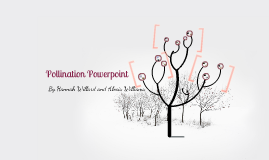Wildflowers
Transcript: The Hawkmoth is specifically adapted with a long proboscis to drink nectar from within the flower. This flower then has many its stamens placed in a position to rub its pollen on the underbelly. Family: Asteraceae The Lupinus texenis (or bluebonnet) has a blue coloring, which is very visible to the ultraviolet vision of bees. Yellow Jacket Pollination Syndrome: Psychophily Lupinus texenis Order: Diptera The bright colors of the flower draws the butterfly towards it, which feeds off of its nectar with a long proboscis and gathering pollen on its furry wings to leave on other flowers. Family: Liliaceae Family: Asteraceae The flower is vertical to the ground, in order to allow the hummingbird to hover in front of it and gather nectar with its long beak. Family: Asteraceae Hoverfly The moth has a long proboscis in order to get nectar from the flower, and it gathers pollen from the flower with its furry wings. Soldier Butterfly Family: Scrophulariaceae The flower appears to the wasp as a potential mate, releasing its pollen onto the wasp, which will leave the pollen on another flower. The butterfly has a long probuscis in order to gather nectar from this smaller flower, which then deposits its pollen onto the butterfly Family: Asclepiadaceae Pollination Syndrome: Phalaenophily Native Bees Pollination Syndrome: Myophily Sphinx Moth Family: Campanulaceae Order: Apodiformes Order: Hymenoptera Asclepias Asperula Family: Asteraceae Pollination Syndrome: Psuedocopulation Order: Hymenoptera Buckeye Butterfly The flower lets out a heavy scent in order to attract the beetles, which spread the pollen. Family: Fabaceae Pollination Syndrome: Mellitophily Echinacea purpurea Order: Lepidoptera Melampodium leucanthum By Hannah Willard and Alexis Williams Hawkmoth Engelmannia Peristenia Blister Beetles Paper Wasp Verbesina encelioides Pollinating Syndrome: Phalaenophily Sonchus arvensis Polination Syndrome: Psychophily Castilleja indivisa Order: Coleoptera Pollination Syndrome: Psuedocopulation Order: Hymenoptera Order: Lepidoptera The flower has similar coloring to a yellow jacket, drawing the wasp towards it and enticing it to copulate with it, and then spread the pollen it collects. The flower releases pheromones to attract the flies, which feed off of its nectar, and spreads it amongst other flowers. Triodanis Perfoliata Hummingbird Order: Lepidoptera Order: Lepidoptera Pollination Powerpoint Pollination Syndrome: Cantharophily Cooperia pedunculata Family: Asteraceae Pollination Syndrome: Ornithophily

















